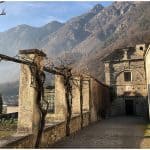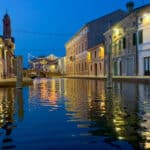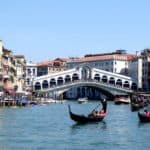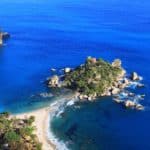Let’s help you decide whether Florence or Milan is the best fit for you.
Should you visit Florence or Milan?
So. Florence or Milan? Which Italian city should you choose when it comes to your next trip?
They’re both some of the best cities in Italy, if not the world, but they’re both very different.
Florence, the capital of Tuscany, has the lofty claim to fame of being the cradle of the Renaissance, where masterpieces by Michelangelo and Botticelli captivate millions of visitors each year.
On the other hand, Milan is a sleek metropolis and fashion capital of the world. With the magnificent Duomo di Milano standing tall at the city’s heart, Milan also has rich history, great architecture and art you could study a degree to understand.
But which city should you choose for your next adventure?
In this article, we’ll dive into the highlights, must-see attractions, and hidden gems of each destination, helping you to decide which Italian gem deserves a spot on your travel itinerary. Get ready to embark on a journey that promises to inspire your next trip to Italy!
Quick tip: you could visit both by taking a fast train between the two cities. For example, you can take a train back to Florence from Milan in as little as two hours.
Florence or Milan: Each City at a Glance
Florence
Florence, often dubbed the “Cradle of the Renaissance,” is a city that feels like stepping into a living museum. Founded in AD 59, it flourished under the Medici family, who patronised some of the most celebrated artists of all time. As you wander through its cobbled streets, you’ll encounter remarkable architecture, with the magnificent Florence Cathedral (Duomo) dominating the skyline. Its stunning dome, engineered by Brunelleschi, is a feat of engineering and an enduring symbol of the city.
The heart of Florence is alive with culture and history. The famous Uffizi Gallery, housing works by the likes of da Vinci and Raphael, draws art lovers from around the globe. Visitors can easily spend hours marvelling at the masterpieces, making it a must-see for anyone venturing into this Tuscan treasure. The iconic Ponte Vecchio, adorned with shops selling gold and silver, offers a picturesque view of the Arno River and is perfect for a leisurely stroll.
Florence is not just about art; it’s also a culinary delight. Tuscan cuisine, famed for its simplicity and quality, invites you to indulge in dishes like Pici cacio e pepe and Panzanella. The bustling local markets, such as Mercato Centrale, showcase fresh produce, artisan cheeses, and local wines, making it easy to sample the region’s flavours. If it’s Italian food you’re interested in, don’t miss our authentic ragu recipe.
In short, Florence is one of the best places to eat well and appreciate history and art.
Milan
In stark contrast, Milan dazzles with its modernity and style. As Italy’s financial hub, it pulses with energy and innovation, making it a hotspot for business and creativity. The city’s skyline is an eclectic mix of Gothic architecture, epitomised by the stunning Milan Cathedral (Duomo), and sleek skyscrapers that represent the cutting edge of modern design.
Milan’s cultural scene is equally impressive, with landmarks like La Scala, one of the most prestigious opera houses in the world, where you can experience live performances in a setting steeped in history. Find out which other Italian landmarks are worth visiting here.
The Galleria Vittorio Emanuele II, an architectural marvel and one of the world’s oldest shopping malls, invites visitors to enjoy its elegant shops and cafés while indulging in a bit of people-watching.
Plus, a visit to Milan wouldn’t be complete without experiencing Leonardo da Vinci’s The Last Supper.
For food lovers, Milan offers a culinary experience that fuses tradition with modern flair. You can savour local delicacies like Risotto alla Milanese, made with saffron, or sample the famed Cotoletta alla Milanese at a rustic trattoria. The city’s lively food scene includes bustling markets and stylish eateries, making every meal an opportunity to explore flavours that reflect its cosmopolitan character.
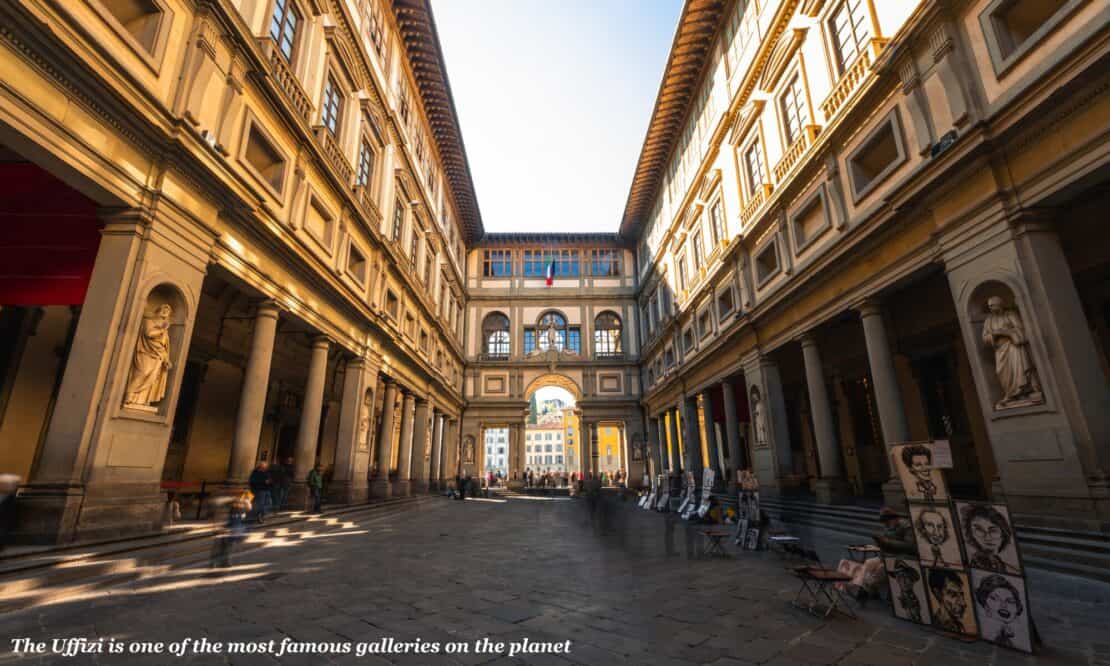
Art and Culture
Florence
Florence is nothing short of a paradise for art lovers.
The Uffizi Gallery, housing over 1,500 artworks, is one of the most important art museums in the world and boasts masterpieces by iconic artists such as Botticelli, Michelangelo, and Caravaggio. With more than 2 million visitors flocking to its hallowed halls each year, it’s no wonder that queues often snake around the block! But fear not; booking a timed ticket can save you from the long wait and allow you to delve straight into the artistry.
Strolling through Florence feels like wandering through a living canvas, with sculptures and architectural marvels dotting every corner.
The Accademia Gallery, home to Michelangelo’s David, is another essential stop. This imposing statue is not merely a work of art but a symbol of the city’s artistic heritage, attracting around 1.5 million visitors annually. It’s hard not to be awestruck by the craftsmanship and emotion captured in this iconic piece.
Then there’s the Florence Biennale, an event which showcases contemporary art and attracts artists from around the globe. Additionally, the historical Calcio Storico, a traditional football match dating back to the 16th century, combines sport and spectacle, providing a unique glimpse into Florentine culture.
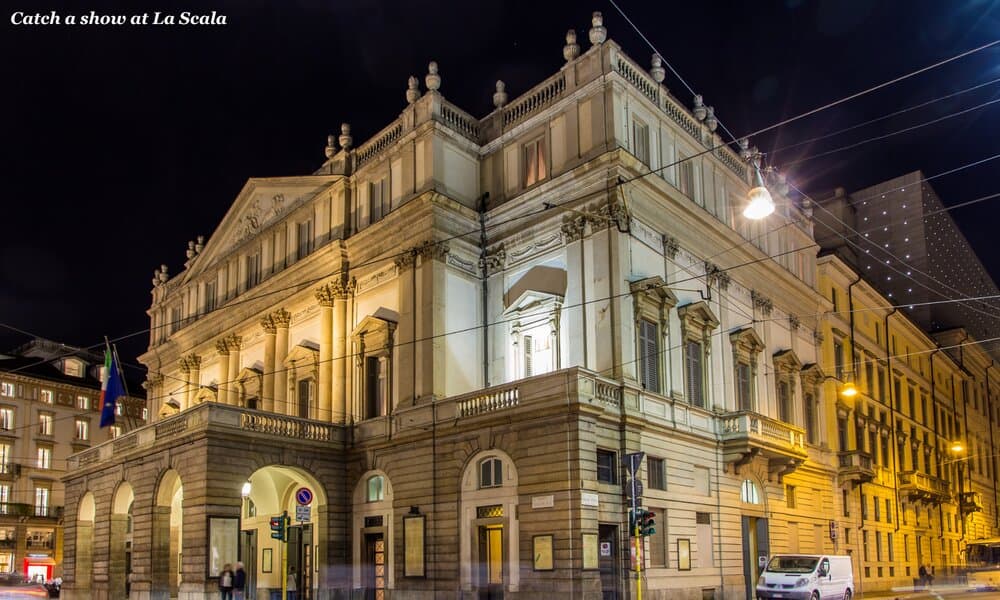
Milan
While Florence immerses you in Renaissance beauty, Milan offers a contemporary twist on art and culture. Known as Italy’s fashion capital, Milan is where creativity meets commerce.
The city hosts the renowned Milan Design Week, attracting over 300,000 visitors annually and showcasing cutting-edge work from designers and architects worldwide. It’s a week where the city transforms into a playground of creativity, with installations and exhibitions popping up in every corner.
Art lovers will find plenty to explore in Milan’s plethora of galleries and museums. The Museo del Novecento, dedicated to 20th-century art, houses an impressive collection of works from the likes of Modigliani and Boccioni, making it an essential stop for anyone wishing to grasp the evolution of modern art in Italy. Additionally, the Pinacoteca di Brera is a treasure trove of Italian masterpieces, showcasing works by Caravaggio, Raphael, and Titian, among others.
Milan also has a busy cultural calendar with events like the famous opera performances at La Scala, where even those who may not be avid opera fans find themselves swept away by the talent and history of this storied venue. With its impressive line-up of performances, the opera house attracts audiences from around the globe, making it a true cultural epicentre.
And who can forget standing in the Piazza del Duomo at daybreak as the birds fly overhead?
In summary: when it comes to art, both cities have world class examples, but Florence steals the show.
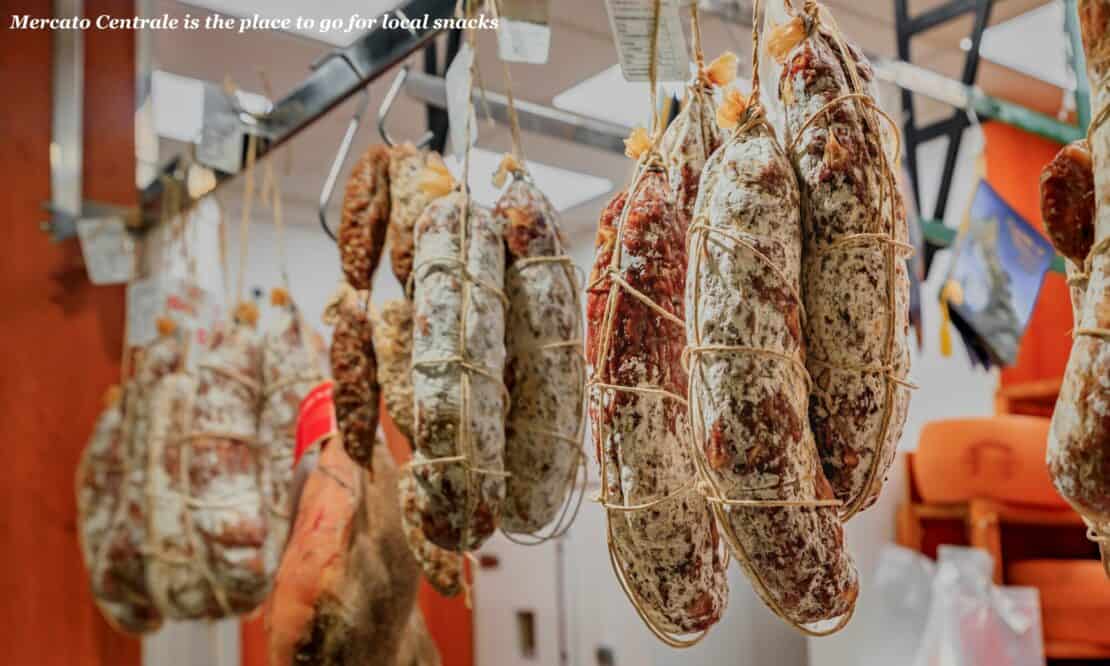
Food and Dining
Florence
Known for its emphasis on fresh, high-quality ingredients, dining in Florence is an experience steeped in tradition. Local specialities, like Bistecca alla Fiorentina, a thick, juicy T-bone steak seasoned simply with salt and grilled to perfection, are not just meals; they are rituals. A single steak can weigh upwards of 1.5 kilograms, making it perfect for sharing – if you’re willing to part with it!
The heart of Florentine culinary culture can be found at the bustling Mercato Centrale, where vendors offer everything from fresh pasta to artisan cheeses. This vibrant market, which attracts both locals and tourists, is a hot spot for food lovers, and sampling the local delicacies, such as Lampredotto (a traditional sandwich made from the fourth stomach of a cow), is a must for the adventurous eater.
Don’t miss out on grabbing a glass of Chianti, the region’s famed red wine, to wash it all down.
For those looking for a more formal dining experience, Florence boasts several Michelin-starred restaurants, such as Enoteca Pinchiorri, where you can enjoy exquisite dishes crafted with a modern twist. Be sure to save room for dessert; Cantuccini, the famous almond biscuits, dipped in Vin Santo, is a heavenly end to any meal and a sweet way to experience local flavours.
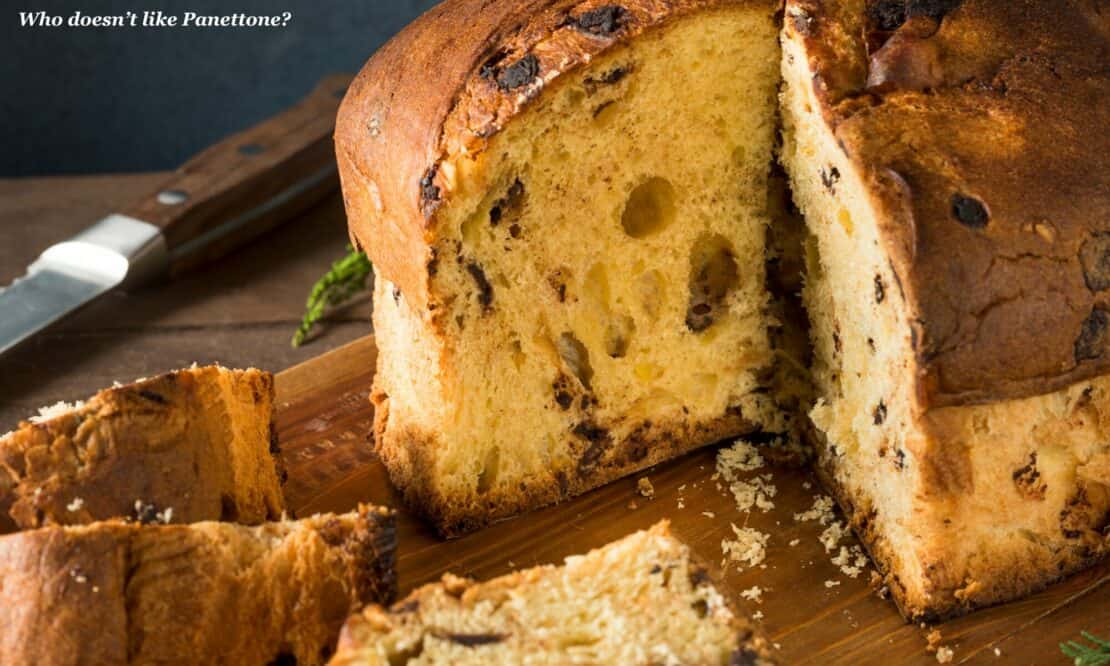
Milan
In contrast, Milan’s culinary scene is a reflection of its cosmopolitan character, blending traditional Italian cuisine with international influences. The city’s dining landscape is diverse, featuring everything from classic trattorias to chic rooftop restaurants with sweeping views of the skyline. Milanese cuisine has its own distinct flair, and specialities like Risotto alla Milanese, with its luxurious saffron hue, are a celebration of local ingredients.
The city is also renowned for its vibrant aperitivo culture. After a long day of exploring, you can enjoy a spritz or a negroni in one of the many bars dotted around the city, where your drink is often accompanied by a sumptuous spread of complimentary snacks. The Navigli district, with its picturesque canals, is particularly famous for its lively aperitivo scene, drawing both locals and visitors to unwind and socialise as the sun sets.
If you’re a fan of sweet treats, Milan is the place for you. Be sure to try Panettone, the traditional Christmas cake that is now available year-round, filled with candied fruits and rich flavours. The city is also home to countless pastry shops where you can indulge in Torta Setteveli, a decadent chocolate cake that will have you coming back for seconds (and thirds).
For those who crave a unique dining experience, Milan offers innovative culinary concepts, including pop-up restaurants and themed dining events that push the boundaries of traditional Italian fare. The annual Taste of Milano festival showcases the city’s top chefs, allowing you to sample a variety of dishes in one place, making it a food lover’s dream.
In summary, both Florence and Milan present culinary delights that are deeply rooted in their respective cultures. You won’t go hungry in either city.
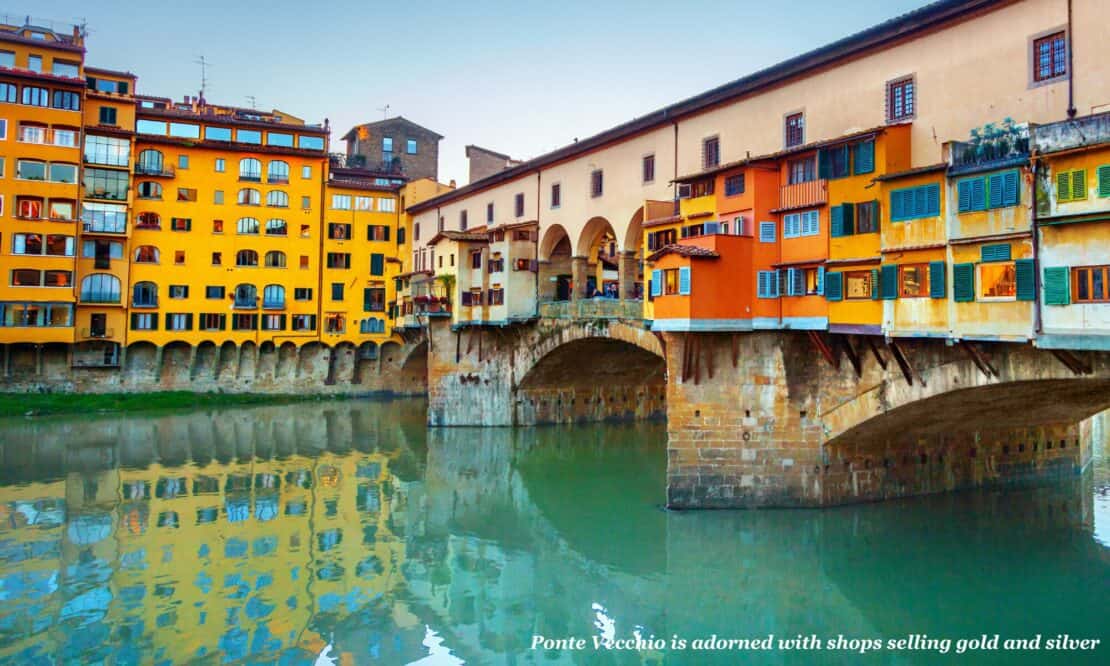
Shopping and Fashion
Florence
Florence is renowned for its leather goods, and you’ll find everything from high-end designer boutiques to quaint workshops producing exquisite handbags, shoes, and jackets. A stroll through the streets surrounding the Ponte Vecchio leads you to local artisans who have been honing their craft for generations. Be sure to stop by the historic San Lorenzo Market, where stalls offer a variety of leather products, textiles, and handmade crafts. Here, you can haggle for the best price while picking up one-of-a-kind items that reflect the city’s rich heritage.
In addition to leather, Florence is known for its goldsmiths, with the Ponte Vecchio itself lined with shops selling fine jewellery. Whether you’re after a delicate necklace or an intricate ring, you’ll find something to suit every taste and budget. For those who appreciate fine art, many galleries and shops offer prints and reproductions of the city’s famous masterpieces, allowing you to take a piece of Florence home with you.
For a taste of high fashion, head to Via de’ Tornabuoni, where luxury brands like Gucci and Ferragamo have their flagship stores. While you may find prices to match, the allure of shopping in the very city that birthed these iconic labels is an experience in itself.
- Recommended reading: what to buy in Italy
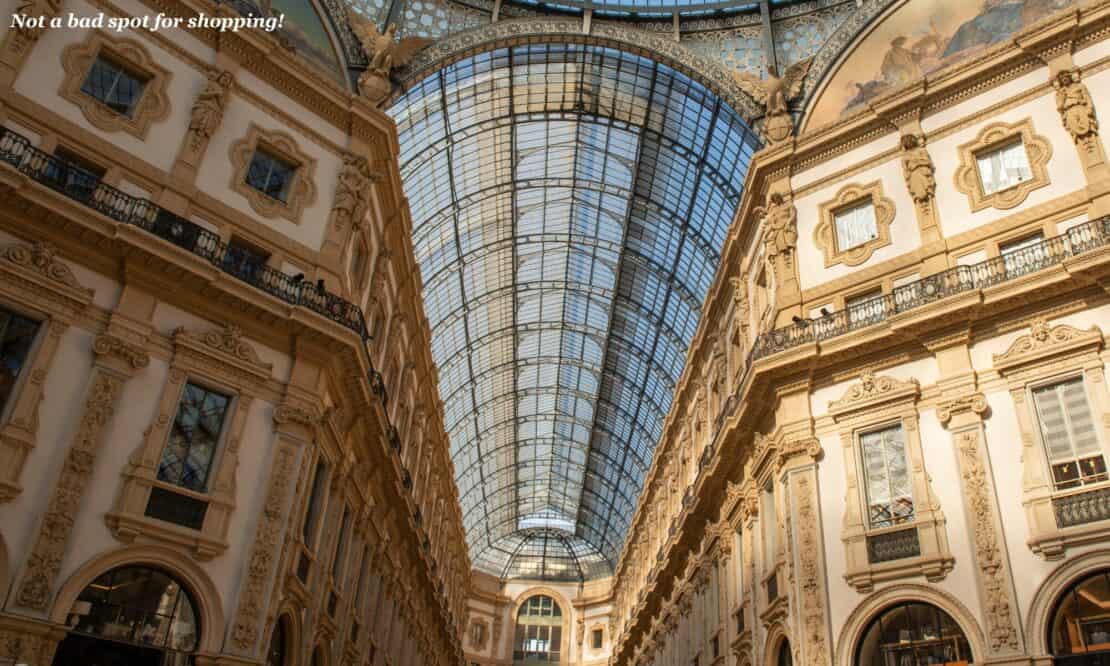
Milan
Milan, on the other hand, takes shopping to another level, boasting a reputation as one of the fashion capitals of the world. The city’s Quadrilatero della Moda is a must-visit for fashion aficionados, where high-end boutiques and luxury labels line the streets. Here, you’ll find the likes of Prada, Dolce & Gabbana, and Versace, each showcasing the latest collections in stunning storefronts that are as much a part of the experience as the clothes themselves.
But Milan isn’t just about high fashion; it also celebrates emerging designers and unique vintage finds. Venture to the trendy neighbourhood of Brera, where independent boutiques and artisanal shops abound, offering everything from bespoke clothing to handmade accessories. The area is a perfect blend of creativity and style, where you can discover hidden gems that reflect the city’s avant-garde spirit.
For those looking to score a bargain, the city hosts several outlet malls, such as Serravalle Designer Outlet and Fidenza Village, where you can find past-season collections at a fraction of the price. With discounts reaching up to 70%, it’s a shopping experience that combines luxury with affordability.
Milan’s markets also offer a different kind of shopping experience. The Navigli District is home to a charming Sunday market where you can find everything from vintage clothing to handmade crafts, perfect for those looking to add a personal touch to their wardrobe or home décor.
In summary: Milan wins this category, hands down.
Getting Around
Florence
Navigating Florence is relatively easy thanks to its compact size and pedestrian-friendly layout. The best way to soak in its rich atmosphere is by exploring on foot. As you meander through the cobblestone streets, you’ll stumble upon charming piazzas, quaint shops, and stunning architecture at every turn. The historical centre is a UNESCO World Heritage site, so it’s no wonder that much of the city is best enjoyed at a leisurely pace.
While walking is the preferred mode of transport, Florence also has a reliable public transport system. Buses are available for those wanting to venture a bit further afield, but keep in mind that the buses can get crowded, especially during peak tourist season. Tickets can be purchased at tobacco shops or on the bus itself, but be sure to validate your ticket before boarding to avoid fines.
For a touch of adventure, consider renting a bicycle or a scooter to explore the city and its surrounding countryside. Several bike rental companies offer guided tours that take you through the picturesque Tuscan landscape, including vineyards and olive groves. You can also venture out to the nearby hills, such as Fiesole, which offer stunning panoramic views of Florence. Discover more of Tuscany’s hidden gems here.
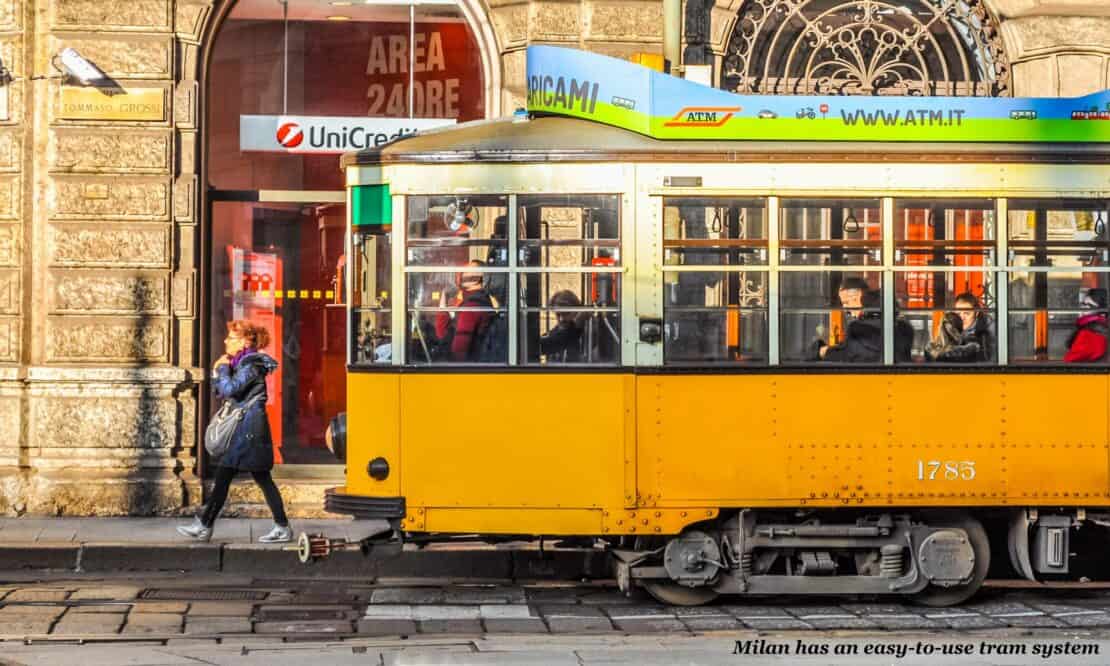
Milan
In contrast, in Milan, you’ll need more than just your own two feet. Milan’s public transport system is extensive and efficient, making it easy enough to navigate. The city has a comprehensive network of metro lines, trams, and buses, providing quick access to popular attractions and neighbourhoods.
The Milan Metro, with its four lines, connects the main sights. A single ticket costs around €2 and is valid for 90 minutes on all forms of public transport, including trams and buses.
For those who prefer a bit of independence, renting a bicycle is also an option. Milan is increasingly becoming bike-friendly, with designated bike lanes and bike-sharing services like BikeMi, allowing you to explore the city at your own pace. Cycling along the Navigli canals is particularly enjoyable, providing a unique perspective of the city’s atmosphere.
Taxis and rideshare services like Uber are widely available, offering a convenient way to get around, especially late at night when public transport is less frequent. However, be prepared for potential traffic, as Milan is known for its busy streets, particularly during rush hour.
If you’re looking to explore the surrounding regions, Milan’s central train station (Milano Centrale Station) is a hub for regional and high-speed trains, making day trips to picturesque destinations like Lake Como and Chiavenna in the Italian Alps easily accessible. The combination of high speed Italo trains and more steady regional trains turn Milan into a useful transport hub in northern Italy, with direct trains to major cities in Italy and other international destinations. Check with the high-speed train operators in advance and be aware that you may need to make reservations for popular destinations.
You are also more likely to find direct flights into Milan than Florence.
Suggested Itineraries
Florence Itinerary (3 Days)
Day 1: Embrace the Classics
- Morning: Start your journey at the Florence Cathedral (Duomo). Climb to the top for breathtaking views of the city. Take a moment to appreciate the stunning architecture and the intricate details of Giotto’s Bell Tower.
- Afternoon: Head to the Uffizi Gallery to immerse yourself in the Renaissance masterpieces. Pre-book your tickets to avoid the long queues. After your artistic adventure, enjoy lunch at the nearby Trattoria da Benvenuto, where you can savour traditional Tuscan dishes.
- Evening: Stroll across the iconic Ponte Vecchio and explore the artisan shops. Treat yourself to dinner at Osteria Vini e Vecchi Sapori, known for its rustic charm and delectable pasta dishes.
Day 2: Discover History and Culture
- Morning: Visit the Accademia Gallery to see Michelangelo’s David. Arrive early to beat the crowds.
- Afternoon: Wander through the historic streets of the Oltrarno district, stopping by the Boboli Gardens for a leisurely walk amidst beautiful sculptures and manicured landscapes. Enjoy lunch at Il Santo Bevitore, a local favourite.
- Evening: Experience the buzzing atmosphere of Piazza della Signoria. Grab a gelato from Gelateria La Carraia and find a spot to people-watch. For dinner, head to La Giostra for a memorable dining experience.
Day 3: Day Trip to the Countryside
- Morning: Take a half-day trip to the picturesque town of Siena, famous for its medieval architecture and the stunning Piazza del Campo. The bus ride takes about 1.5 hours.
- Afternoon: Explore Siena’s cobbled streets, visit the beautiful Siena Cathedral, and indulge in a traditional lunch at Osteria Nonna Gina.
- Evening: Return to Florence and enjoy a farewell dinner at Trattoria Mario, where you can relish a hearty Florentine meal.
Milan Itinerary (3 Days)
Day 1: The Heart of Milan
- Morning: Start your day at the Duomo di Milano. Climb to the rooftop for stunning views of the city and a close-up of the cathedral’s intricate spires.
- Afternoon: Explore the Galleria Vittorio Emanuele II for a taste of Milanese luxury shopping. Grab a quick lunch at Panzerotti Luini, famous for its delicious stuffed pastries.
- Evening: Visit La Scala Opera House and take a guided tour to learn about its rich history. Afterwards, unwind with an aperitivo in the nearby Brera district, perhaps at N’Ombra de Vin, known for its excellent wine selection.
Day 2: Art and Design
- Morning: Immerse yourself in contemporary art at the Museo del Novecento. Enjoy the impressive collection, including works by Boccioni and Fontana.
- Afternoon: Head to the trendy district of Navigli, famous for its picturesque canals. Enjoy lunch at Osteria Al Garbagnat and take some time to explore the unique boutiques and galleries in the area.
- Evening: Experience Milan’s nightlife with dinner at Risoel, known for its creative fusion dishes. Afterwards, take a leisurely walk along the Navigli canals, where you can enjoy the lively atmosphere.
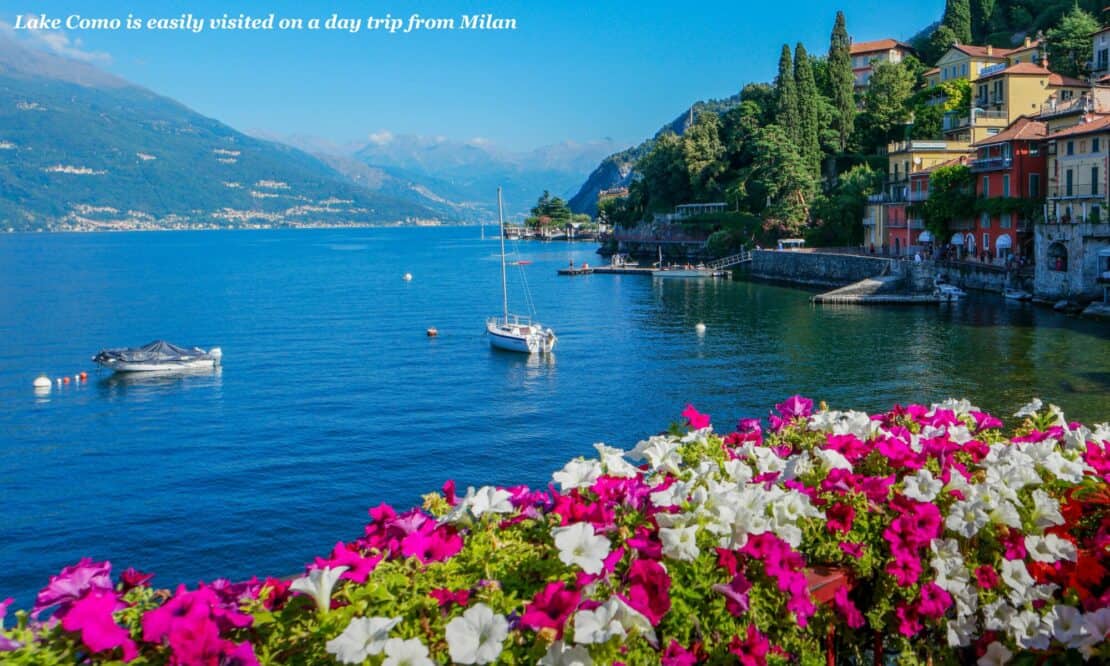
Day 3: Day Trip to the Lakes
- Morning: Set off for a day trip to Lake Como, a mere hour away by train. Upon arrival, take a ferry to Bellagio, often referred to as the “Pearl of the Lake.”
- Afternoon: Stroll through the charming streets of Bellagio, visit the stunning gardens of Villa Melzi, and enjoy lunch at Ristorante Alle Darsene di Loppia, where you can savour fresh lake fish.
- Evening: Return to Milan for a final dinner at Bice, where you can relish classic Italian dishes in an elegant setting. Just make sure you don’t miss the last train.
A Word of Warning and Some Travel Tips
Not to be a downer, but this has to be said. Florence gets horrendously busy in the summer months and it’s easy to lose the sense of its charm when you’re nose to armpit with other tourists all jostling for a view of David’s nether regions.
The easiest way to see Florence is at literally any other time of year.
For Milan, the city copes better with visitors but it’s still wise to stay away during Milan Fashion Week unless that is the main reason for you to go there.
Air conditioning can be scarce in hotels in both cities, so if the heat bothers you, then visit in the off season.
Conclusion
Look, you can’t really go wrong with either city. They are both heavyweights on the Italy travel scene. To sum up? Head to Milan for fashion, Florence for Renaissance art. And either for good food and beautiful historic buildings. The best option is to try to visit both. They don’t easily fit together on a single trip unless you are planning a bigger jaunt through Italy.
Enjoy Italy!
More About Travel in Italy
- The Italian landmarks for your Italy bucket list
- How to get off the beaten path in Italy with 101 hidden gems
- What to buy in Italy: your guide to Italian souvenirs
- The best Italian themed gifts for people who love Italy
- How to make a real ragu: the traditional Italian dish you can make at home
- The best things to do in Chiavenna near Milan
- 31 hidden gems in Tuscany

